Gazing Higher: The Quest for E30

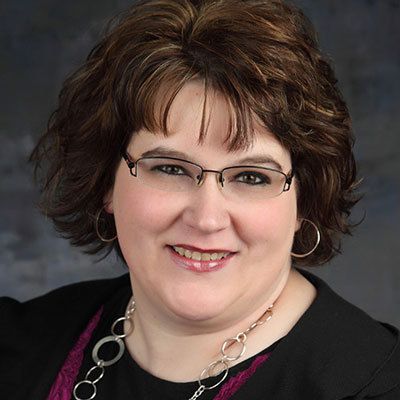
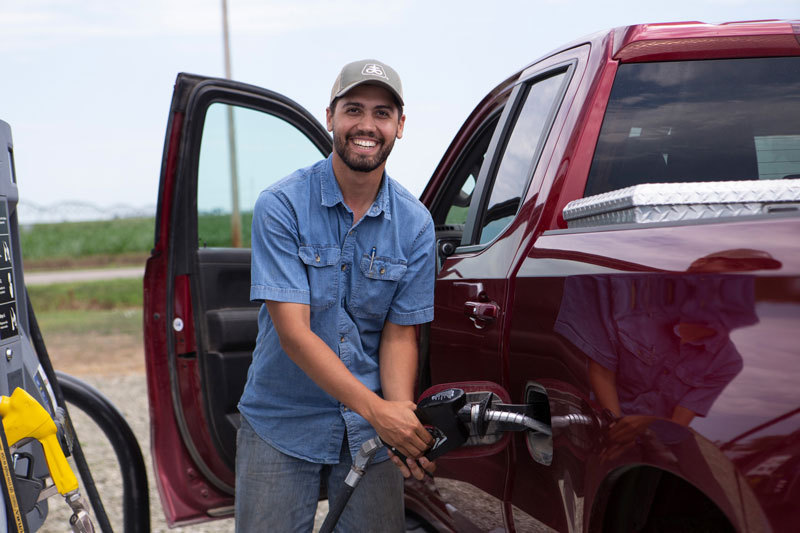

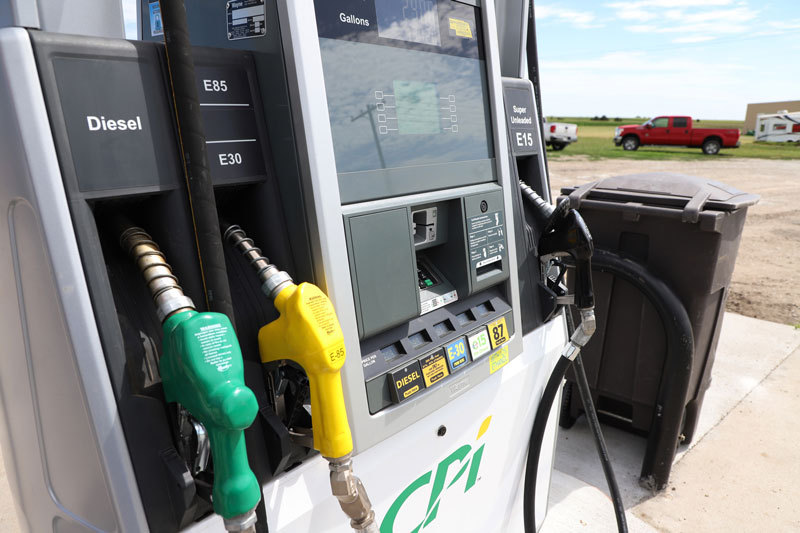
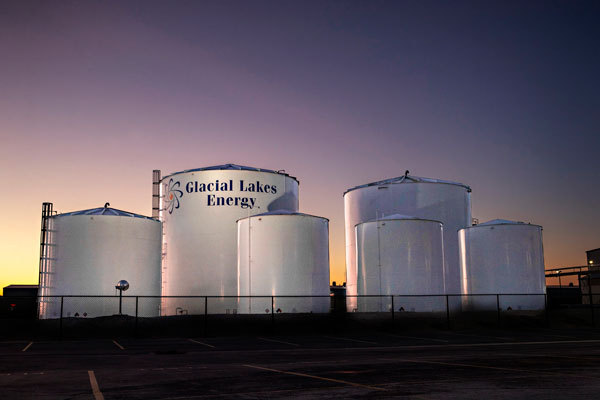
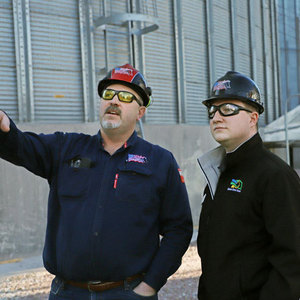
PHOTO: GLE
February 14, 2023
BY Luke Geiver
E30 could be the future of ethanol. The blend has so much going for it, even if it's not yet in widespread use. For starters, E30 provides an engine with more octane per gallon when compared to regular unleaded, E10 or even E15, which means more power when you punch the pedal. It doesn’t take much effort by researchers or policy makers alike to figure that out. Next, considering that most automakers are infusing electric vehicles into their lineups, overall transportation fuel demand for light-duty vehicles is expected to go down over time. E30, even if achieving only half the market penetration of E10, would allow ethanol producers to maintain or exceed existing production levels as the overall fuel pool shrinks. Then, apart from the octane boost or fuel mix security, E30 is cheaper for the consumer to buy and a cleaner alternative for the environment—neither point being a hard sell to consumers right now. Add it all up and E30 certainly could be the future of ethanol. But before that happens, several factors related to the mid-level blend must be figured out, accepted or demonstrated.
How Good Is E30?
In both South Dakota and Nebraska, there are major ethanol players working to demonstrate the capabilities of E30. Reid Wagner, executive director of the Nebraska Ethanol Board, and Marcy Kohl, director of communications and corporate affairs for Glacial Lakes Energy LLC, (an ethanol producer based out of Watertown, South Dakota), both emphasize the word “demonstrate” versus “prove.” Both NEB and GLE are in the midst of their own versions of E30 demonstration programs that use non-flex-fuel vehicles to collect data on the higher blend’s use. Both entities have performed demonstrations over the past three years and continue to do so.
“The purpose ... is to demonstrate what we have known in the industry for some time,” Wagner says. “E30 performs.”
In late 2022, Wagner and his team at NEB announced that the U.S. Environmental Protection Agency had approved the continuation of a 2019 study looking at E30-fueled state vehicles. Their initial work helped show how well E30 can perform in non-FFVs. “We looked at onboard diagnostics and tracked 16 different data points every second across the vehicles,” Wagner says. “Through the demo, we saw that across all vehicles, there were no issues.”
That work by the NEB was performed on state-owned sedans (roughly 50 total vehicles). The new work by the NEB will greatly expand the data portfolio. Using state-owned infrastructure to the tune of roughly 90,000 gallons per month of E30, the NEB is now working with the University of Nebraska-Lincoln to test and monitor 825 non-FFVs. “We are looking at what E30 could bring in terms of fuel economy, engine performance and emissions data,” Wagner says. After running the program for a few months now, Wagner reports zero engine lights on the E30 fueled vehicles.
The overall goal is to put as much peer reviewed data and research as possible into the demonstrations. “We are trying to operate in a true real-world operation that is mimicking what we would see today,” Wagner says. The NEB’s work on E30 will last another year and a half, but so far, Wagner believes the demos have already been a success at demonstrating (not proving) how well E30 can perform.
Up in South Dakota, Kohl and her coworkers are familiar with what the NEB is doing, and they're on a parallel track. GLE actually began demonstrating the effectiveness of E30 in 2016, and its efforts are ongoing.
Their purpose was a bit different from the NEB’s. “We wanted to inform the consumers and increase demand,” Kohl says. “We wanted to give people in our region more choice at the pump, and we knew we had to do it right the first time.”
Doing it “right the first time,” for Kohl and her team, meant setting up a multi-pronged approach to inform consumers on E30. The team brought on a local technician that had founded DynoTune Speed and Performance in Watertown. Andy Wick, founder of DynoTune, specializes in high-performance, fuel-injected engines. Working with Wick, Kohl and her team researched the EPA tests used on fuel. They purchased data loggers to record info directly from engines, and they asked residents and people from in and around town to be part of their test.
For the tests, the participants would fill their respective tanks (the vehicles used were not part of a government fleet) with E10 three times consecutively and then E30 three times consecutively. “We tested roughly 40 cars. They were pickups, vans, Jeeps,” Kohl says. “We tried to do our best to use the popular makes and models. I think there was even a BMW in there.”
“When you averaged everything together, the results showed that fuel economy was maintained or increased overall, and there were no check engine lights that came up,” Kohl says, adding that all of the E30 used was much cheaper than the non-E30 alternative.
In addition to the real-world testing by locals and verified by an expert in Wicks, the Glacial Lakes team also held a series of educational meetings over a span of two years. At most meetings, there were 100 vehicle techs in attendance. “Wicks talked to them and dispelled some of the myths that are out there. And, we went through the data,” she says. “I really think that was a game changer for the region.”
After doing the testing and meeting with vehicle techs or other interested parties, Glacial Lakes began working with government agencies in the area. Today, several entities, including the police department, transit and some ambulances use E30. The sheriff's department was initially hesitant to use E30 because Kohl says they don’t always fill up at the same fueling station. After trying the fuel, they are now using E30, she says.
Glacial Lakes also established a connection with the local technical school and sent results of their work to the EPA, Ford Motor Co., Chevrolet and others.
“The biggest thing was being able to tell our general story to the consumer,” Kohl says, “and then let them make the choice.”
Clean Octane: Power and Emissions
Doug Durante with the Clean Fuels Development Coalition has been studying and verifying the benefits of E30 for multiple years. Durante remembers when the octane value of E30 and ethanol fuels was the big talking point among producers and automakers. “A couple of years ago the whole industry was very interested in octane,” he says.
In order to get a high octane value, the kind an auto maker would take notice of, Durante says you have to get to an ethanol blend at or around E30. The E10s and E15s just don’t offer the type of octane boost that is eye-catching to automakers. “Through our work with the auto industry, they have made it clear that if they have high octane (like that found in E30), they could tune their cars to take advantage of that fuel and the compression it gives the engine.”
“Ford,” Durante says, “is on the record and has studies that say if they had 98 octane fuel they could get up to 7 percent increase in fuel mileage.”
E30 is important to Durante because it meets the octane requirements of the automakers to fine-tune their engines for better mileage, but it also does something else. “For a good part of my career, I’ve been talking about and working on the idea of clean octane,” he says.
E30, given its octane levels, would be a viable replacement in regular gasoline fuel that could remove or reduce the toxic aromatics present in the fuel today like benzene. Refiners to this day use aromatic compounds that are classified as toxic that could be replaced with no loss of octane if a blend of 30 percent ethanol was added to the fuel mix, Durante says.
Redefining the Fuel Mix
Wagner, Kohl and Durante can all talk at length about the changes they see coming to the nation’s fuel demand mix. Electric vehicles will change everything. But, as the supply of gasoline drops across the U.S., the percentage of ethanol used in that supply mix could go up if a greater percentage of E30 is used. That in turn, would keep the demand for ethanol gallons on a yearly basis stable (or increasing) rather than declining, they all agree.
“If we don't get to higher blends, we can’t maintain the market share we have now,” Durante says. “From a policy standpoint, the industry shouldn’t get so hung up on what the RFS sets.”
Kohl says that, at times, her team has been labeled as the “renegades” of the ethanol industry for going it alone on their work to promote higher blends.
“We have an obligation to promote our own product,” Kohl says. “We aren’t trying to debunk E15. It is there and it has made strides,” she says, “but we feel the next step is E30—nationwide. We’ve demonstrated that and we continue to do so.”
Wagner says the NEB’s work on E30 is primarily focused on showing that the legacy fleet can handle the blend. “We already know this, but we are still trying to demonstrate that,” he says. “We hope our work will have long-term ramifications on legislation in the future.”
The results of the demonstrations, to date, have already shown what greater E30 use in the state of Nebraska could mean. According to the UNL’s research, if only 10 percent of the 1.7 million registered non-FFVs in Nebraska converted from E10 to E30, ethanol consumption would increase by 18.5 million gallons per year and CO2 emissions would decrease by 64,000 tons per year. Extrapolate those numbers to the entire the nation, and the volumes are enormous—not millions, but a few billion additional (or not lost) gallons.
Durante believes the current U.S. administration is already positioning E30 to succeed. He says the internal combustion engine is not going to be regulated out of existence, but will rather be subject to more stringent emissions profiles achieved in part by using cleaner, better fuel. That is where E30 comes in. E30 should and could be used more in the future, he says, because everyone is recognizing that there is no silver bullet to overall emissions reductions—even with more EVs on the road. “We need to be more balanced in our approach to all of this,” he says.
Author: Luke Geiver
Contact: editor@bbiinternational.com
Advertisement
Advertisement
Upcoming Events





